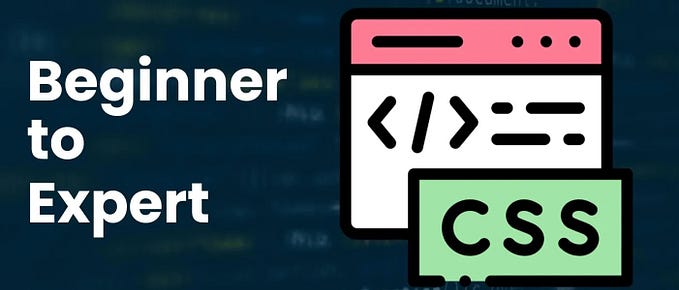Member-only story
How a design thinking workshop sparked meaningful dialogue in workplace equality
International Women’s Day and Design Thinking.

Taking action for equality starts with meaningful dialogue. Design thinking provides a safe forum to discuss and explore likely solutions. Here are the lessons learned from last years’ International Women’s Day event.
International Women’s Day started in 1911 with the goal to bring both women and men together to campaign for women’s rights to work, vote, and end discrimination.
According to the IWD website:
International Women’s Day (March 8) is a global day celebrating the social, economic, cultural and political achievements of women. The day also marks a call to action for accelerating gender parity.
IWD mobilizes through organized events, concerts, fun runs and conferences. Groups worldwide raise awareness, celebrate achievement and rally for change to show commitment toward equality.
So we organized a design thinking workshop…
Last year, my former employer set up a global IWD event for their employees. A schedule full of live-streaming presentations and in-office activities. They designed these efforts to raise awareness and spark conversations.
I volunteered to co-facilitate a design thinking workshop in the Seattle office for 40 participants. The two-hour, hands-on session explored basic methods in design thinking. The methods worked as tools in opening dialogue on women’s equality.
The first hour focused on learning the following methods:
Part 1: Rose, Thorn, Bud — a simple and elegant method for taking stock of a current situation. Rose equal things that are positive. Thorn represents things that are negative, and the bud are areas of potential. Using multi-colored sticky notes is key. They are visual and easy to move around.

Part 2: Clustering — an organizing method for all the rose, thorn and bud notes. For IWD, we arranged the notes in clusters of…








